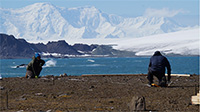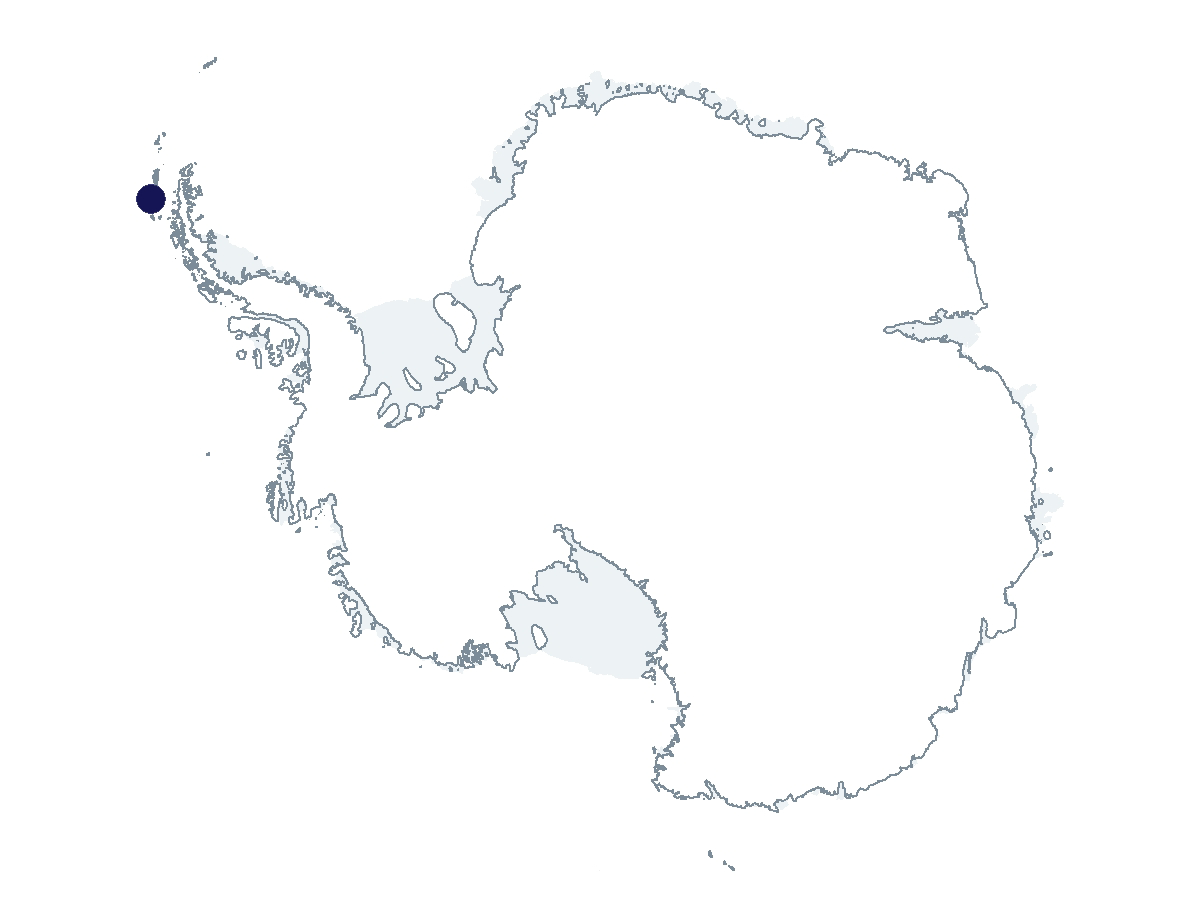2023-2024 USAP Field Season
Project Detail Project TitleNational Oceanic and Atmospheric Administration/Antarctic Marine Living Resource (NOAA/AMLR) Program Cape Shirreff Camp Support Summary
Event Number:
Program Director:
ASC POC/Implementer: Principal Investigator(s)
Dr. Douglas John Krause
Project Web Site: Location
Supporting Stations: Special Project DescriptionCape Shirreff is located on Livingston Island in Antarctic Specially Protected Area (ASPA) 149. The facility at this site, also referred to as Cape Shirreff, is owned by the National Oceanic and Atmospheric Administration (NOAA) and is maintained and operated by NOAA with support from the National Science Foundation. Specifically, research is conducted by the Antarctic Marine Living Resource (AMLR) program of NOAA’s Southwest Fisheries Science Center (SWFC). Cape Shirreff currently supports a NOAA-funded project conducting seabird and marine mammal research. The facility was built in the 1996-97 austral summer at NOAA direction and supported by Antarctic Support Associates, the NSF Antarctic contractor at that time. Field Season OverviewThis will be the second field season during which NOAA is replacing the existing field camp infrastructure. The new facility, when complete in February 2024, will be called the Holt-Watters Field Camp. The NOAA field team will be comprised of 6-9 scientists, ten construction crew, a camp manager, and a cook. During the reconstruction process, the NOAA science team will continue their long-standing research. The NOAA science team is comprised of members of the NOAA Pinniped Research Program and NOAA Seabird Research Program with studies of fur seals and leopard seals, three species of penguins (Adélie, chinstrap, and gentoo) and several species of flying seabirds, including skuas and giant petrels. The team monitors population status, reproductive success, and foraging ecology of these Antarctic species. The study aims to provide ecosystem-based data to detect, monitor and predict changes that effect krill populations and inform fisheries management in the Southern Ocean. For over a decade, the ARSV Laurence M. Gould and RVIB Nathaniel B. Palmer have supported Cape Shirreff camp opening and closing operations. However, in 2023/24, USAP will provide camping gear, medical and communications support while opening and closing of the camp will be provided by the M/V Nansen Explorer. Deploying Team Members
|
2023-2024 Science Planning Summary



For USAP Participants |
For The Public |
For Researchers and EducatorsContact UsU.S. National Science FoundationOffice of Polar Programs Geosciences Directorate 2415 Eisenhower Avenue, Suite W7100 Alexandria, VA 22314 Sign up for the NSF Office of Polar Programs newsletter and events. Feedback Form |


